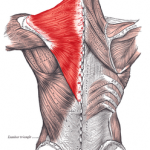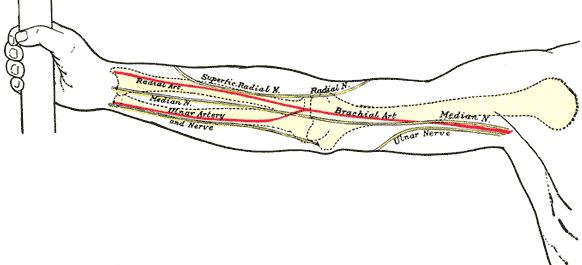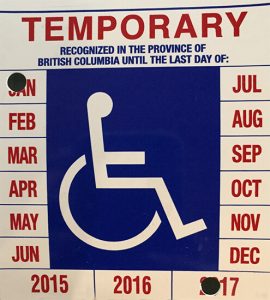Its been a little while since my last post, I thought this would be a good time to remind you of my disclaimer. I have no qualifications – other than I had a stroke on December 26th, 2015. Everything I write is related to something I am trying in my rehabilitation, or some research or interesting thing I’ve read or heard about. I am not a professional, so if you don’t agree with something I write that’s ok folks, I encourage you to do your own research. If you have something interesting you’d like to share please do so in the comments below.
Ok so now that’s out of the way….
This neat animated gif shows the location of the thalmus where I had my brain bleed
![By Images are generated by Life Science Databases(LSDB). [CC BY-SA 2.1 jp (http://creativecommons.org/licenses/by-sa/2.1/jp/deed.en)], via Wikimedia Commons Thalamus](https://upload.wikimedia.org/wikipedia/commons/f/f1/Thalamus.gif)
By Images are generated by Life Science Databases(LSDB). [CC BY-SA 2.1 jp (http://creativecommons.org/licenses/by-sa/2.1/jp/deed.en)], via Wikimedia Commons
During the early stages of rehabilitation I followed the hospital protocols and worked to regain the movement that I had lost.
I simply didn’t have a plan, much less much of an understanding of the enormity of what lay ahead for me. Now I’ve reached 7 months post- stroke I can safely say that this path is not quite as easy and straightforward as I conceived it would be. Along the way I have also incorporated treatments that are maybe a bit less predictable.
The gains I initially experienced daily have slowed down, nevertheless its still important to celebrate those gains.
Since my last post I am working hard on correcting a lifetime of slouching, it was bound to catch up with me eventually!
I am learning to love just hanging out on my yoga bolster,( its a great chest opener ), and when doing so, concentrating on my breathing. This activity is really helping my shoulder, and my range of movement.
As I sit typing this, I am drawing my shoulder blades down, (not forward) tucking my chin, Hah!. It sure is difficult but slowly it is beginning to become a little more instinctive.
Today I learned about Lumo Lift Lumo Lift is a small lightweight wearable digital posture tracker that helps you train and maintain great posture . I have just ordered one, so I will be sure to let y’all know how useful this little gadget is once I receive it.
I have a growing frustration with my sense of touch, or lack thereof, (in my left hand). When reaching into a pocket I am unable to distinguish or even sense objects.
Our brains seamlessly integrate the tactile, sensory cues from our fingers with hand movements to perceive the different objects. The neural coding that underlies touch is very challenging. I had hoped that in gaining more movement in my hand and arm, that touch would follow, but it’s very very slow.
I have started using Electrical stimulation ( e stim). E-stim can be used for everything from providing a stretch to spastic muscles to regaining sensation on the “bad” side. It is an easy “do-it yourself tool” for recovery.
Drum roll…..
Today I picked up a dime with my left hand ( first time)!
Drugs can help or hurt recovery, but no drug can replace the hard work needed to rewire the brain, rather it can provide a temporary respite necessary to do the hard work necessary to rewire the brain. The nerve sensation in my hand , arm and face have become so much more intense, and much as I didn’t want to, I have started taking a pain relief drug. Its a trade off, so far the overall effect has been pretty good at reducing the nerve pain, but today I am experiencing a side effect of dizziness and finding it hard to focus.
There are no rules that guide you through the process of deciding when a set course of recovery action works. I have found that adding new things keeps it interesting, but also when something doesn’t work or provide a benefit then I have no problem dropping it… so that was my logic in trying the drugs!


 Over the weekend an old friend came to visit, co-incidentally he had a stroke 6 years ago. His encouragement resonated, “you will get better…. this is not how you are going to be, trust me…..”. Just a few words of hope, but something that I really needed to hear. The multitude of cautious professionals, who have been treating me since my event, fear to opine so simply and the right words can be such a powerful catalyst.
Over the weekend an old friend came to visit, co-incidentally he had a stroke 6 years ago. His encouragement resonated, “you will get better…. this is not how you are going to be, trust me…..”. Just a few words of hope, but something that I really needed to hear. The multitude of cautious professionals, who have been treating me since my event, fear to opine so simply and the right words can be such a powerful catalyst.